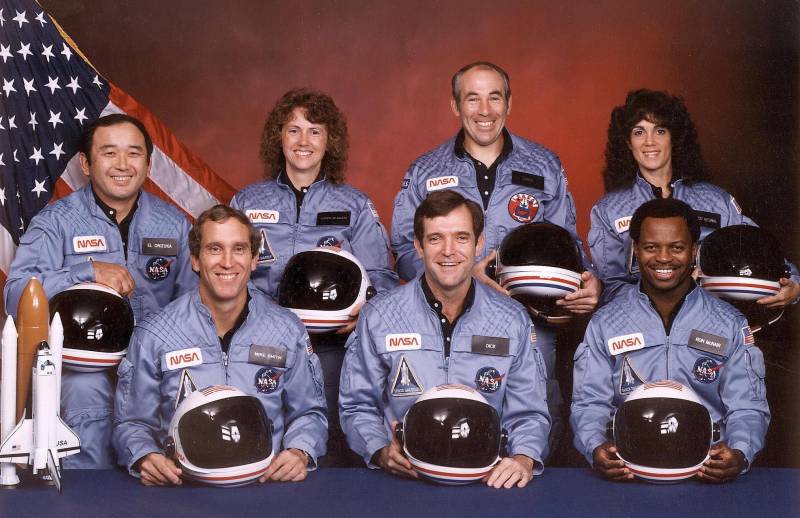Paul Cox was 12 and in Huntsville, Alabama:
“I was home with a pretty significant case of chicken pox. I remember my mom coming into my room crying. The next few months were really tense, because my dad was one of the thousands of aerospace engineers who worked on the shuttle. Specifically, he worked on the solid rocket boosters. When it was officially blamed on a bad O-ring there was much relief, because that was the domain of an entirely different company than the one he worked for. But I’ve never really talked with him about that time as an adult. I imagine he was sick with guilt for weeks and weeks.”
Erika Skinner was 8 and in Ellicottville, New York:
“My class watched it live. Our teacher quietly turned off the TV and we didn’t discuss it. It was bewildering. I want to say we eventually talked about it. Maybe the following day? But in the immediate aftermath I think all the adults were so shocked and unprepared that they just went through the motions for the rest of the day. Everyone just went numb. I remember thinking that because no one was making a big deal out of it that maybe I imagined what I saw. That maybe I misunderstood it and that’s just what it looks like when a shuttle is launched and everyone is fine.”
Emily Chaney was 9 and in Denver:
“I remember the quiet that took over the room. The TV being switched off. One of those ones on wheels. I remember teachers crying.”
Chaki Sklar was aged 6 and in Van Nuys:
“When the teacher started crying it was like a domino effect where the rest of us started crying too. I remember we were just hugging each other weeping and weeping and weeping.”
Kyra Rehn was aged 7 and in rural Illinois:
“I had pretended to be sick so I could skip school and watch while my parents were at work. I had made every one of my extra-credit art projects about the crew in the months leading up to it. I even made a board with the astronauts’ faces collaged. I was eating a snack and watching on a gargantuan wooden console TV. Neither ever felt the same again. I wanted to go to space at that age. My dad, an engineer, had always explained the risks of innovation to me and that helped me process it. But it affected me deeply and still does.”
Diane Aguilar was aged 7 and in Pacifica:
“When the principal walked into the room, it looked like she had just seen a loved one dying. My class was so excited about the prospect of this shuttle mission and when we found out there were no survivors, it was like the wind was taken out of our sails. I also remember seeing the news footage of it on KGO later on when I was at home with my parents. We all watched that evening as Reagan delivered his eulogy to the nation.”
Sharon Penny was 10 and in Australia:
“I learned about it via a Punky Brewster episode that aired a few weeks after. The way they dealt with the tragedy for kids was really incredible and I think probably helped a lot of children process the disaster. They talked about it in a way that felt very respectful and I remember crying a lot. I still think about that episode, because I don’t think my parents really had the capacity to provide hope or reassurance in the face of something so bleak.”


